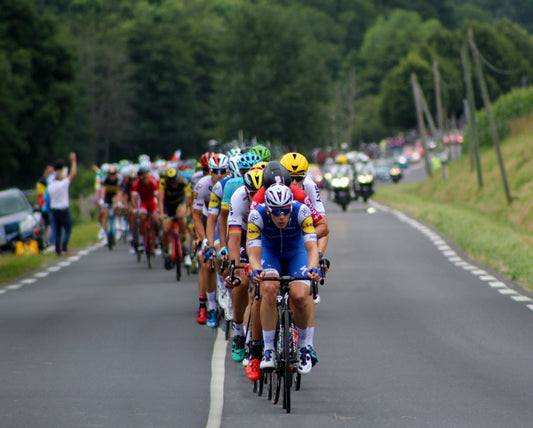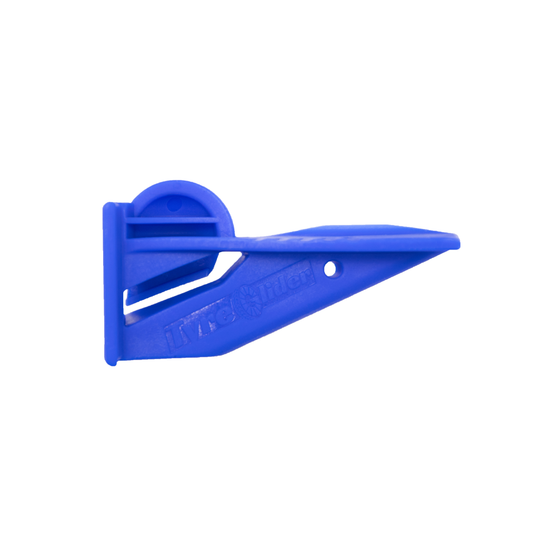pwah-sahn pee-lee-ote
Noun
A cyclist who rides in the slipstream of another cyclist to conserve energy
Example usage: The lead cyclist was being closely followed by a poisson-pilote.
Most used in: European cycling circles.
Most used by: Professional cyclists and avid recreational riders.
Popularity: 8/10
Comedy Value: 5/10
Also see: Climbing tempo, Steady State, Tempo Ride, Sweet Spot,
What is Poisson-Pilote in Cycling?
Poisson-Pilote is a French term for drafting, or slipstreaming, in cycling. Drafting is a technique used by cyclists to reduce the amount of wind resistance they experience by riding behind another cyclist. This technique can be used to reduce energy expenditure and, in turn, increase speed.
Drafting is a common practice among competitive cyclists, and is especially useful in long-distance events. According to a study published in the International Journal of Sports Physiology and Performance, drafting can reduce the energy expenditure of a cyclist by as much as 40%. This can be a significant advantage for riders looking to conserve energy during a long event.
Drafting is not just limited to two riders. A group of cyclists can form what is known as a “paceline”, with each rider taking turns leading the group and drafting off the rider in front of them. This technique can be especially effective in flat or downhill areas, where the leading rider can create a slipstream for the riders behind them.
Poisson-Pilote is a useful technique for cyclists of all levels and can be especially beneficial in long-distance events. By using this technique, cyclists can conserve energy and increase their speed.
.The History of the Poisson-Pilote in Cycling
The term “poisson-pilote” has been used in the sport of cycling since at least the late 1800s. The original meaning of the term was “pilot fish” which is a type of fish that follows larger fish in order to feed on the scraps they leave behind. This term was applied to cyclists who followed the leaders in races, drafting behind them to conserve energy and increase their speed.
The term first appeared in print in 1891 in the French magazine Le Vélo. It was used to describe the cyclists who used this strategy to gain an advantage in races. The term was also used to describe the riders in the Tour de France who worked together to help the leader of the team gain an advantage.
Today, the term is still used in cycling to describe the riders who ride in the slipstream of the leaders. It is a useful strategy in many races, and the term has become a part of cycling culture.












